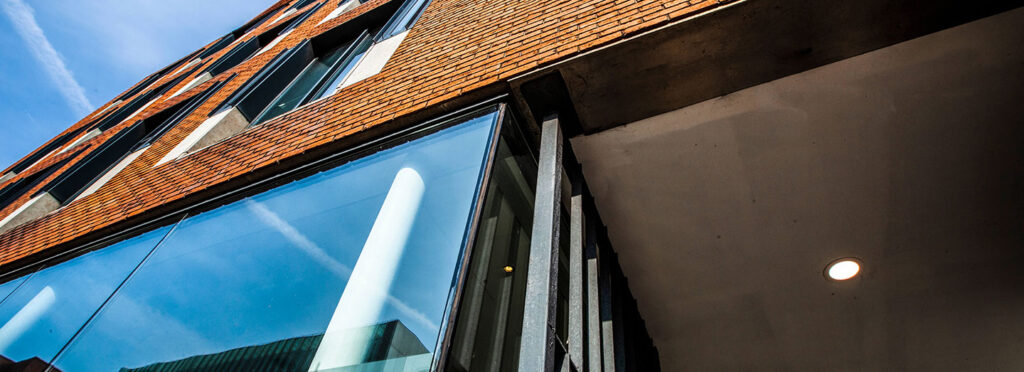Complications arising from a rhinoplasty procedure (also known as nose reshaping surgery/nose job) that you believe were caused by a negligent clinic or surgeon can have a devasting impact on a person's life.* Rhinoplasty is often described as “plastic surgery” and seen as a cosmetic enhancement, but this is not always the case. Sometimes a procedure is required to open blocked nasal passages and enhance breathing. However, whether the procedure is done for cosmetic reasons or medical necessity, the process is the same.
Rhinoplasty procedure is a permanent enhancement of the contours by reshaping the nasal cartilage or bone. Expert plastic surgeons can enhance the facial features of a patient with a crooked/twisted nose or a collapsed nasal passage. Skin grafts and implants are used to reshape the nose, but excessive rebuilding of a nose can endanger the health of the patient. Rhinoplasty procedures can be extremely challenging for surgeons, prompting claims against rhinoplasty surgeons who carry out a procedure negligently.
Surgical Negligence
The nose is a delicate structure, so it may take some time to settle down after surgery and for your breathing to become clear again. Once the recovery period has passed, however, indications that the nose job has gone wrong may arise. It is important to act quickly and seek advice if you think that you or a family member have been the victims of surgical negligence. Generally, surgical negligence cases have a strict two-year time limit from the time of the alleged negligence (or from the date of knowledge of the alleged negligence) within which cases may be brought.
Some examples of surgical negligence include:
- bleeding, infection, or an adverse reaction to the anaesthetic
- blood clots, which can be extremely dangerous if left untreated
- difficulty breathing through the nose
- decreased sense of smell and taste
- excessive bruising around the nasal area
- nerve damage (some such damage is short lived; other damage is permanent)
- numbness
- uneven-looking nose
- scarring
- a hole in the septum (septal perforation), which is the divide between the two nostrils
- asymmetrical nostrils or contour irregularities caused by removing too much tissue
- retracted or hanging columella (the bridge of the nose)
- saddle deformity at the tip of the nose (also known as supra-tip hollowing)
- an extruding implant
- a need for additional surgery
The above physical injuries can also trigger psychological issues, which can lead to:
- depression as a result of unsuccessful surgery
- disappointment that the surgery failed to achieve the effect the patient desired
Duty of Care for Surgeons and Clinics
It is the rhinoplasty surgeon’s role to ensure that all patients are fully aware of the risks of this type of procedure. Surgeons who carry out rhinoplasty procedures have a duty of care to ensure patient safety and wellbeing. It is crucial that they are held accountable to this duty because, when nose jobs go wrong, they can cause lasting physical and psychological damage to the patient. A botched rhinoplasty can also result in long-term pain and facial disfigurement.
Clinics and surgeons are not only responsible for avoiding reasonably preventable situations, but also for failing to advise you about complications that cannot be prevented. If your clinic or surgeon has not fulfilled this duty of care, you may be eligible to make a claim for rhinoplasty compensation.
To be successful in a rhinoplasty compensation claim*, you will need to show:
- Negligence caused your injuries. The general measurement of negligence is based on a comparison of expected results from a suitably qualified/experienced rhinoplasty surgeon.
- The surgeon fell below the requisite standard of care and skill in carrying out the procedure
- Your treatment was not performed to the expected standard regarding an unfulfilled duty of care. Examples include failure to warn you about the risks of the procedure, unfulfilled promises, or basic hygiene issues that lead to infection and other complications.
- A defective product was used.
- Medical professionals provided inadequate aftercare.
You will need as much evidence as possible when attempting to prove negligence. This may include before- and after-rhinoplasty photographs, literature from the medical practice, unfulfilled promises, witness statements, and evidence of substandard health and hygiene levels. A personal injury solicitor will know the channels to use to gather the evidence you need.
When a rhinoplasty procedure goes wrong, it can have serious and devastating effects on the individual, causing physical and emotional suffering. When you make a cosmetic negligence claim, we can help you to obtain adequate compensation to proceed with corrective procedure, treatments, and any counselling you may need.
Please contact our experienced cosmetic negligence team if you would like to proceed with a cosmetic negligence claim*.



